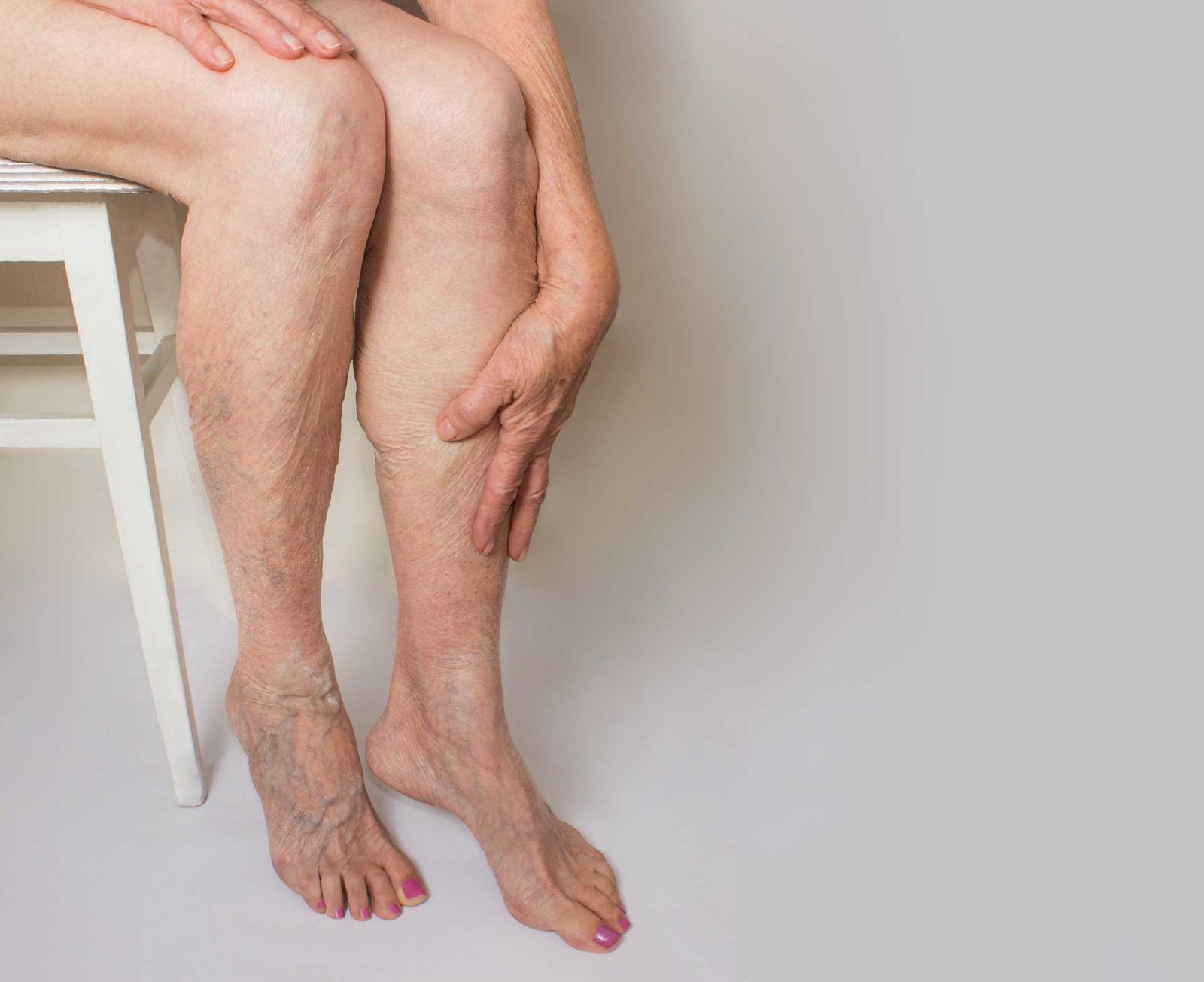Arteries have a vital role in carrying blood and nutrients to the extreme parts of your body, like your legs and hands. Unfortunately, sometimes fatty deposits clog your arteries, narrowing them. As a result, the vessels fail to carry sufficient blood to the extremities. According to Dr. Nirav Patel, a vein specialist in Yonkers, leg cramps that worsen when you move and resolve when you rest is a common warning sign of peripheral arterial disease (PAD).
What are your risk factors for developing PAD?
You are at a high risk of developing the venous condition if you have the following issues:
- Heart disease
- Diabetes
- Physically inactive
- High cholesterol
- Obesity
- High blood pressure
- Above 50 years
- Smoking
How does smoking impact PAD?
Compared to non-smokers, smoking raises your risk by a significant percentage (approximately 400%). Additionally, smokers might start showcasing signs of PAD earlier than non-smokers. You are also likely to perform less than expected with particular forms of heart bypass surgery, have an amputation or succumb to heart attack or stroke if you are a smoker. However, you can talk to your healthcare provider to help you quit the habit.
Can PAD cause other problems?
PAD is a worrying warning sign. The plaque buildup in your legs’ blood vessels is a sign that the fatty deposits are also in other places. The chances are high you might have plaque deposits in the vessels in your heart (coronary artery disease) or vessels supplying nutrients to your kidneys (renal artery disease). You might be at risk of having a stroke when plaque builds up in your carotid arteries (carrying blood to your brain).
On the other hand, your chances of getting critical limb ischemia are high if you have PAD and diabetes. The condition starts as an infection that does not heal on your leg or foot. Ischemia might prompt your doctor to amputate your leg or remove parts of your limb.
Is PAD preventable?
The first recommendation your doctor is likely to suggest is to embrace a healthy lifestyle. If you smoke, your doctor might advise you to quit. Other measures you can embrace to prevent PAD include:
- Ask your dietician about the best diet or try approaches that promote eating healthy
- Control your stress levels. Plan your day to minimize your chances of getting stressed. You may also do yoga and meditation to help you unwind.
- Exercise. Physical exercises like walking at least 30 minutes daily play a crucial role in your circulation.
- Manage potential health conditions likely to raise your risk of developing PAD. For instance, your healthcare provider will suggest managing your blood sugar level and blood pressure to lower your risks.
It can be challenging detecting PAD, especially in its early stages. However, an early diagnosis will allow your doctor to design a treatment plan to curb PAD before it advances.
Plaque buildup in your legs seldom portrays symptoms. As a result, you might have PAD without knowing you have the condition. Do not ignore the cramping in your legs, assuming a normal aging process. Consult your healthcare provider for more information about peripheral arterial disease to know your risks and how you can enjoy life longer.









